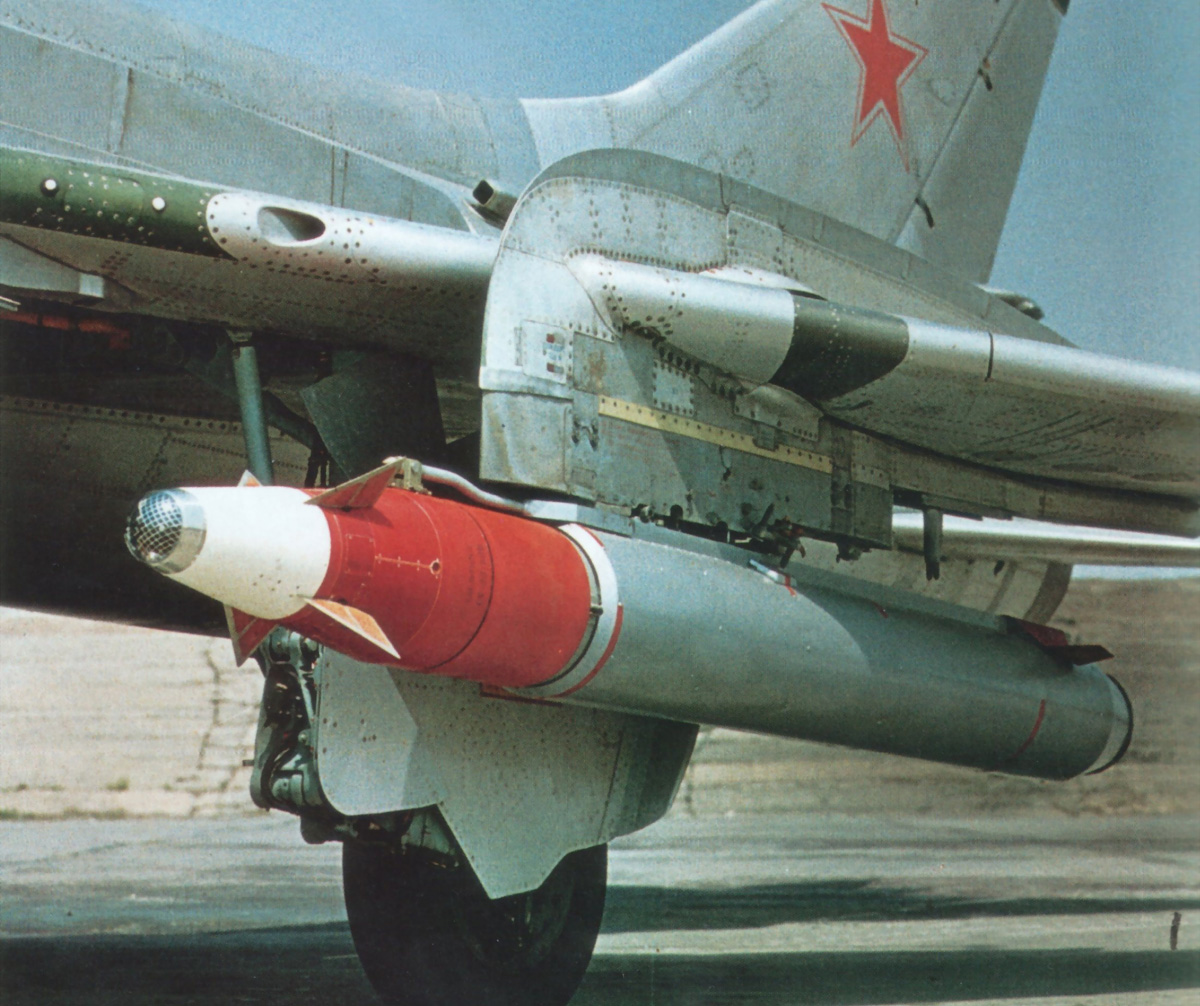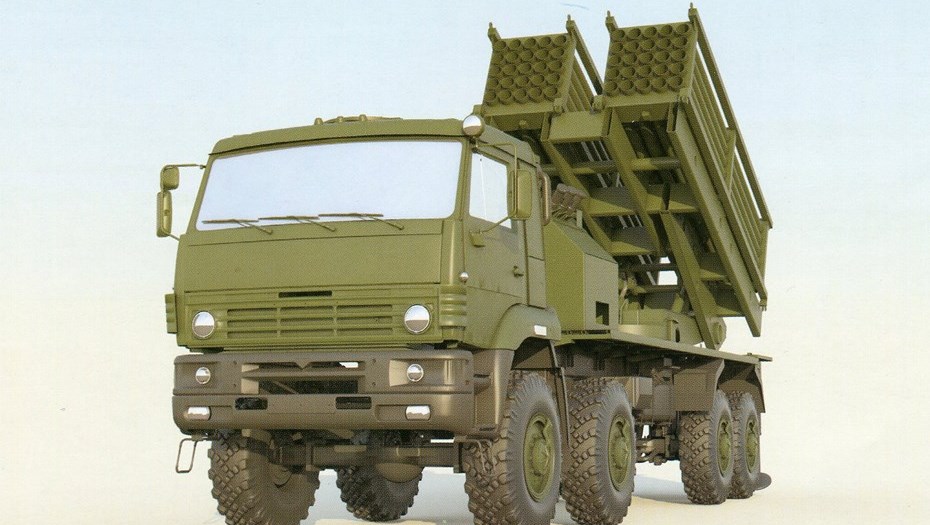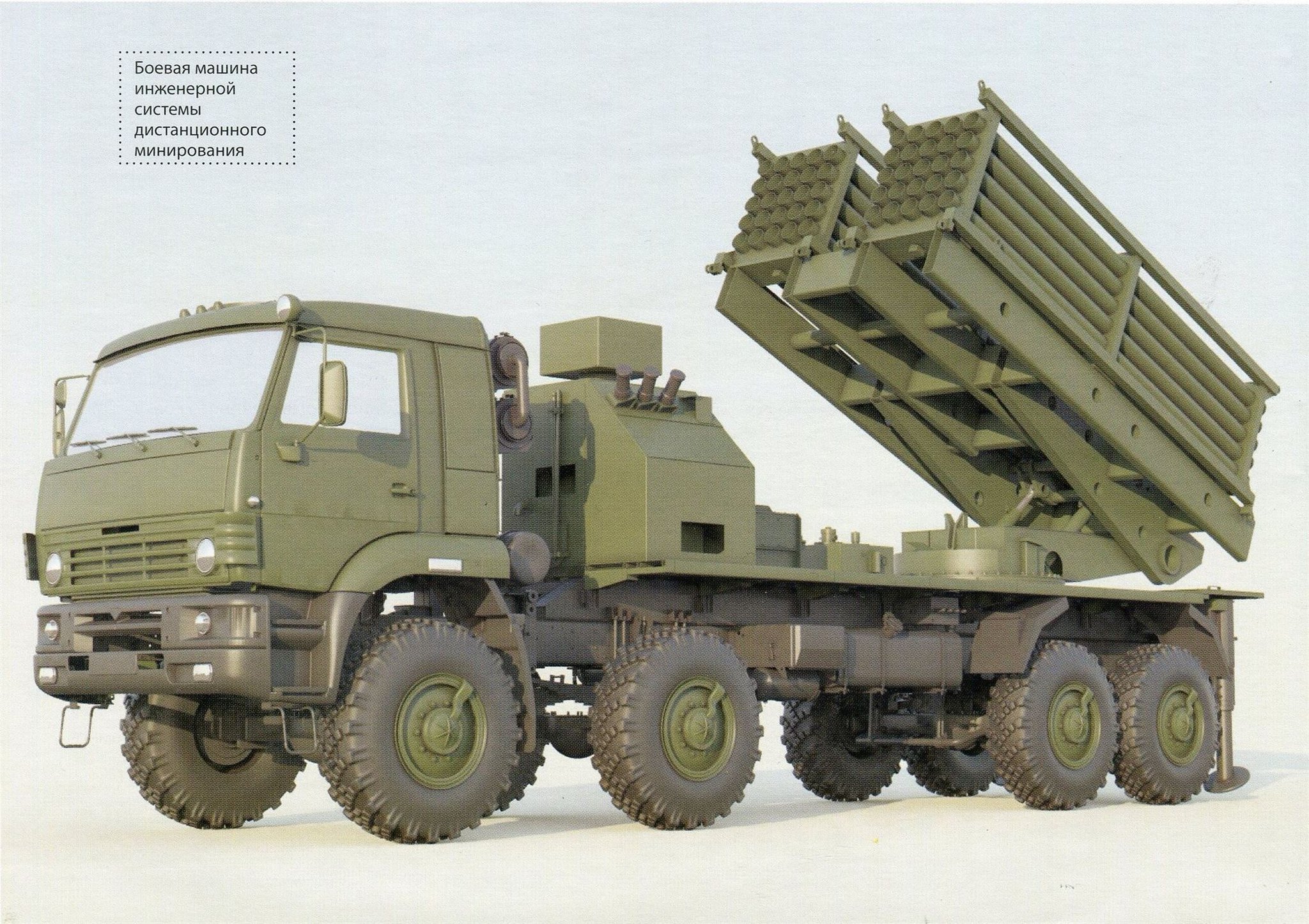So what's the future of guided rockets then or for that matter the future of rockets in general ?
Will we see the evolution of :
1. state-of-the-art guidance systems for rockets ?
2. changes in aerodynamic shape ?
3. any other advancement ?
First of all I am no expert, this is merely opinion.
Rockets traditionally were an effective way of covering a fairly wide area in deadly fragments and blast, or chem or bio agents rapidly and that really hasn't changed much.
If you have located an enemy group to an area it is still an effective way of dealing with them... ie you know they are in the forest but you don't have precise coordinates for them.
This is more relevant to shorter range artillery rockets used in large numbers like Katyusha rather than V-2 or Scud or newer models.
In terms of a terror weapon a low flying subsonic cruise missile with excellent accuracy is vastly more effective in war than a dumb unguided ballistic rocket, because in military terms you can hit specific targets with the CM, while the rocket is more of a psychological tool against an enemy.
For artillery rockets adding cheap and simple but effective terminal guidance makes them more flexible and versatile but there will still be a use for unguided rockets that can cover an area in fragments... either to kill and maim or to stop them firing at you while others are doing something else and don't want to be interrupted.
A helicopter landing force might start receiving fire from a flank direction... having a dozen helicopters turn and open fire with a barrage of rockets can protect the troops long enough for them to land and establish a position and start to work towards dealing with enemy on the ground... ideally you want troops to land safely and then be able to form up and move to an objective that needs to be taken, but plans don't always work out.
In terms of guidance AI and video processing technology means even a simple cell phone level of technology and processing power can be used to capture video footage of the target area in front of the missile and process the natural light and thermal image of the scene and determine thermal shapes and compare them with a database of 3D thermal target shapes and work out for itself what is a target and act accordingly. Modern IR and video optics offer very high resolution and high quality images for identification...
But the basics are also cheap and get the job done... a simple TV sensor can detect a laser spot on a target... an aircraft like a Hind or Havoc or Hokum can mark a target with a laser beam and then launch a rocket to hit that target easily enough... the added value of guidance in this case is that with unguided rockets a helicopter can generally destroy a truck or vehicle with 1-3 rockets... if you miss the truck it will likely land nearby and the explosions and fragments can often take the truck out anyway. To get the accuracy to hit that truck though you need to be relatively close because accuracy becomes an issue (when you can't see the target and are just firing at area targets of course accuracy is not important any more). The huge advantage that guidance introduces is that instead of 1-3 rockets against a truck you need one rocket only, but more importantly instead of firing at at 1.5-2km range, you can launch it into the air at 30-45 degrees from 5-6km away and then as it approaches the target lase it for the hit... it still gets the job done but the helo is much safer outside HMG range of the target... and a compact laser guidance kit makes it cheaper than using an ATGM which would be the only alternative and totally overkill for something with little or no armour...
I suspect speeds will increase with new propulsion technology so rocket designs might change slightly in shape in terms of being more pointy at the front with a long full length gradual width increase continuing right to the rear of the rocket rather than a pointed nose and a cylinder shape we know and love...
If they can get speeds high enough like high energy solid rocket fuels perhaps as well as scramjets then simple metal core penetrator payloads become alternatives against heavily armoured targets.
There is potential for EMP warheads, and jammer warheads too, but I suspect the former being limited by size wont have an effective radius much greater than a conventional HE warhead and of course for structures EMP warheads make no difference... they only effect electronics.
Anyway guidance for rockets would benefits this one the most : s-25. 480kg with 190kg equivalent of TNT. 3km range. That would replace the use of dumb bombs for precision strikes.
The S-25LD show they are way ahead of you... and with laser guidance their range is about 10km...




 flamming_python
flamming_python



